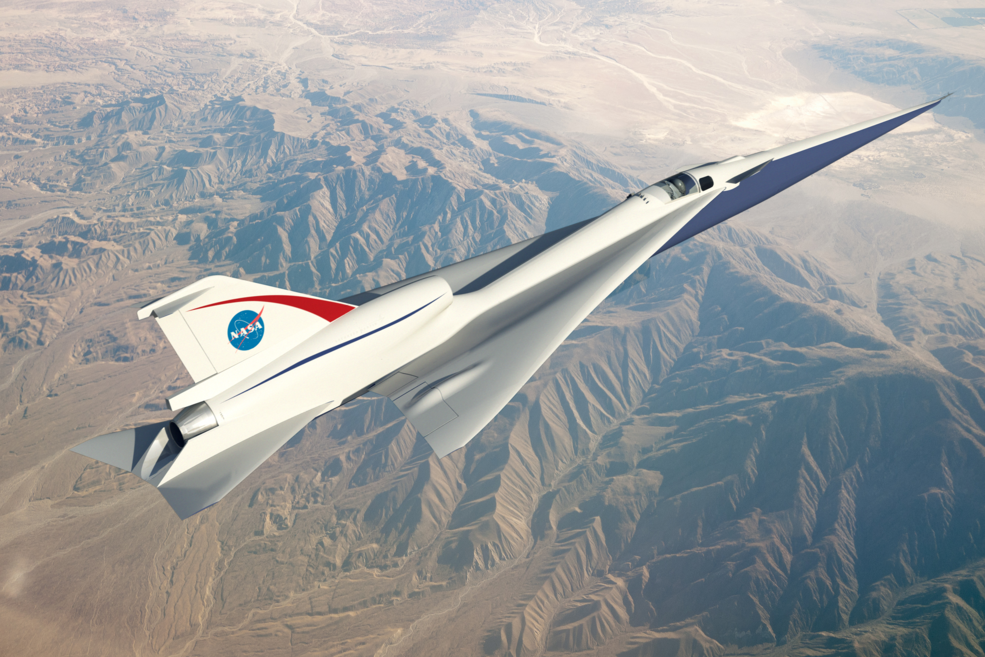NASA’s aeronautical innovators once again are preparing to put in the sky an array of new experimental aircraft, each intended to carry on the legacy of demonstrating advanced technologies that will push back the frontiers of aviation.
Goals include showcasing how airliners can burn half the fuel and generate 75 percent less pollution during each flight as compared to now, while also being much quieter than today’s jets – perhaps even when flying supersonic.
NASA’s renewed emphasis on X-planes is called, “New Aviation Horizons,” an initiative announced in February as part of the President’s budget for the fiscal year that begins Oct. 1, 2016. The plan is to design, build and fly the series of X-planes during the next 10 years as a means to accelerate the adoption of advanced green aviation technologies by industry.
“If we can build some of these X-planes and demonstrate some of these technologies, we expect that will make it much easier and faster for U.S. industry to pick them up and roll them out into the marketplace” said Ed Waggoner, NASA’s Integrated Aviation Systems Program director.
It’s something NASA has known how to do going way back to the days of its predecessor organization, the National Advisory Committee for Aeronautics (NACA), and the very first X-plane, fittingly called the X-1, a project the NACA worked on with the then newly formed U.S. Air Force.
Source: NASA











